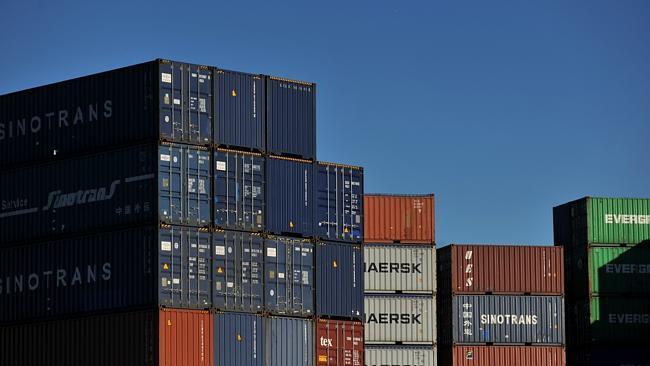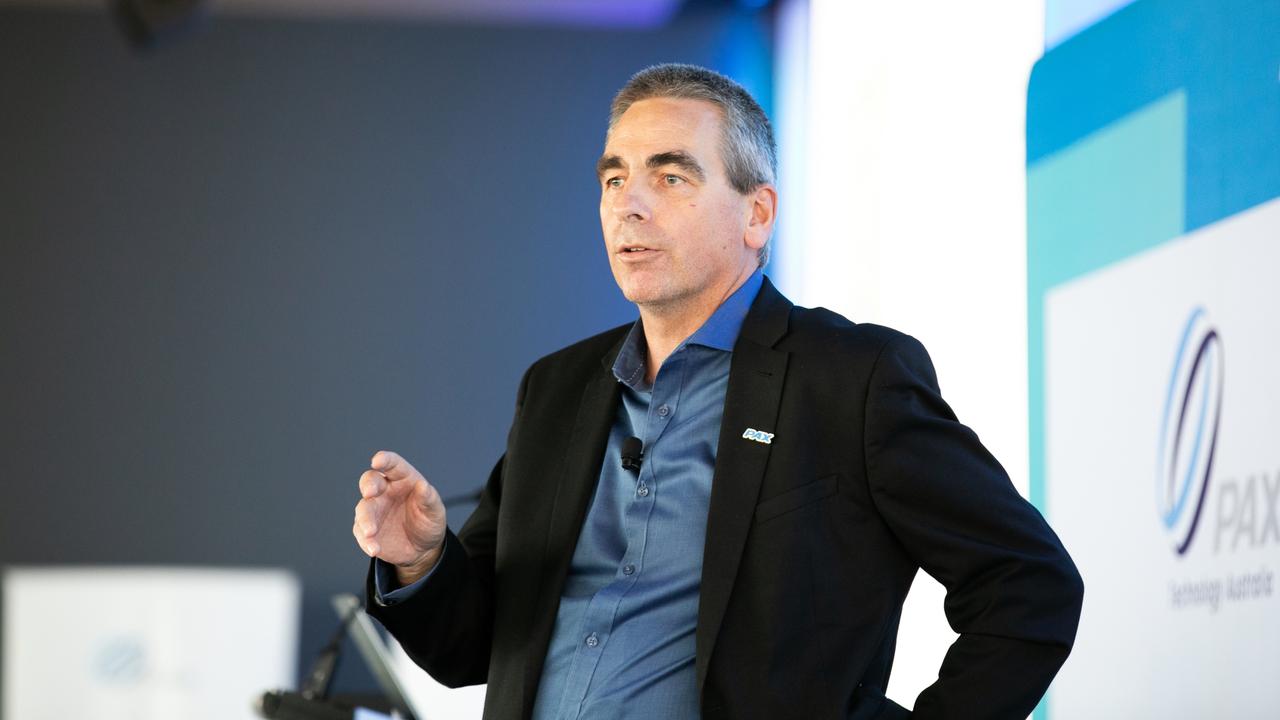Malcolm Turnbull: new PM feels heat on $10bn inland rail project
The government faces pressure to earmark federal funds to build the $10bn inland rail project.

Malcolm Turnbull’s commitment to the “steel Mississippi” as part of his deal with the Nationals has been applauded by major freight transport companies, but the government faces pressure to earmark federal funds to build the $10 billion project.
As part of a fresh Coalition agreement to secure the support of the Nationals, the new Prime Minister has given support for infrastructure investment, including the inland rail, which has long had the support of the Nationals as it would run through so many rural electorates.
The Australian can reveal that as well as wanting support for inland rail, industry is pushing for more rail infrastructure around NSW’s Port Botany and Port Kembla and for the freight and passenger lines to be untangled in the major cities.
In a submission to Infrastructure Australia, the Australian Logistics Council says the inland rail project should be encouraged.
The submission, obtained by The Australian, says the project would free up rail capacity in major cities, especially Sydney, “which often acts as a bottleneck as passenger trains are afforded priority”. “An inland rail route is a key piece of infrastructure that would enhance Australia’s productivity and efficiency,” the submission says.
The submission calls for more separation of the passenger and freight lines in Sydney, Melbourne and Brisbane.
It also calls for a review of the national land freight strategy; allowing B-doubles on road links to port facilities; requiring port owners and operators to specify how rail and road links would be developed; and encouraging more private sector investment in freight infrastructure.
Last week, The Australian revealed that a report by a high-powered group, chaired by former deputy PM John Anderson, found the project could generate economic benefits of about $22.5bn.
But the Inland Rail Implementation Group report made clear the government would have to pour significant funds into the project. “Inland Rail will require significant, if not total, upfront funding from Australian governments,” the report found.
“Private sector funding or financing opportunities are unlikely given the high upfront capital costs of building the corridor, the significant time before revenues are generated, and the operating cash flows that will be generated over the first 20 to 30 years of Inland Rail.”
The government has so far promised $300 million for the project over four years, but that is for pre-construction work such as environmental assessments and land acquisitions.
David Irwin, a Pacific National director, said the inland rail would reduce freight rail costs and transit times across the eastern states and has “a critical role to play in addressing the increasing issue of congestion and supply chain efficiency in metropolitan freight networks”.
Mr Irwin “encouraged” federal funding should be used on the project. “Asciano encourages the federal government to provide multi-year construction funding for inland rail in 2016 to create new jobs and deliver a transformative project for Australia’s future supply chain,” Mr Irwin said.
The new Coalition deal was also welcomed yesterday by the National Farmers Federation, though the group’s chief executive Simon Talbot pledged “we will be watching closely to ensure delivery”.



To join the conversation, please log in. Don't have an account? Register
Join the conversation, you are commenting as Logout